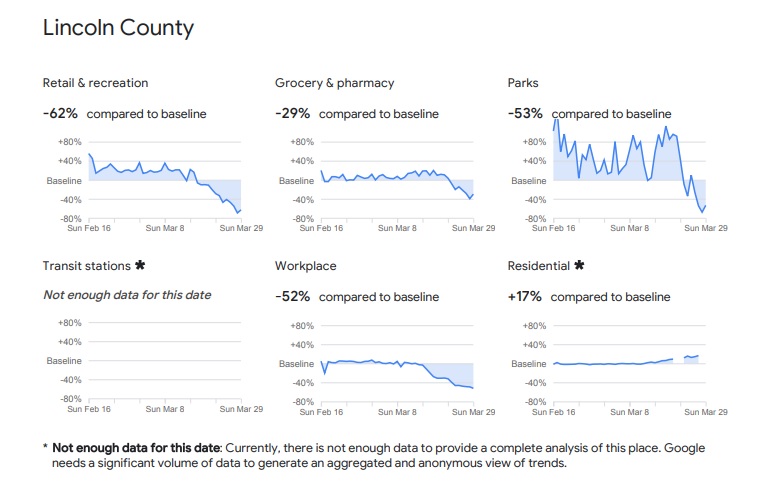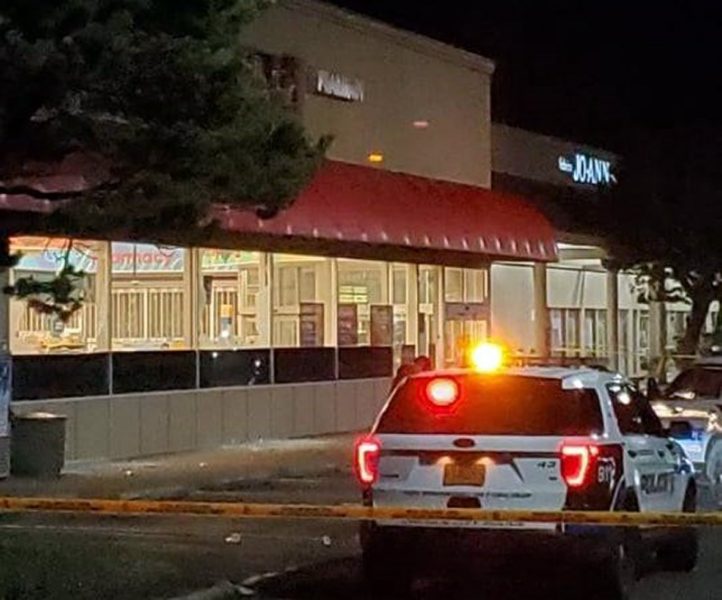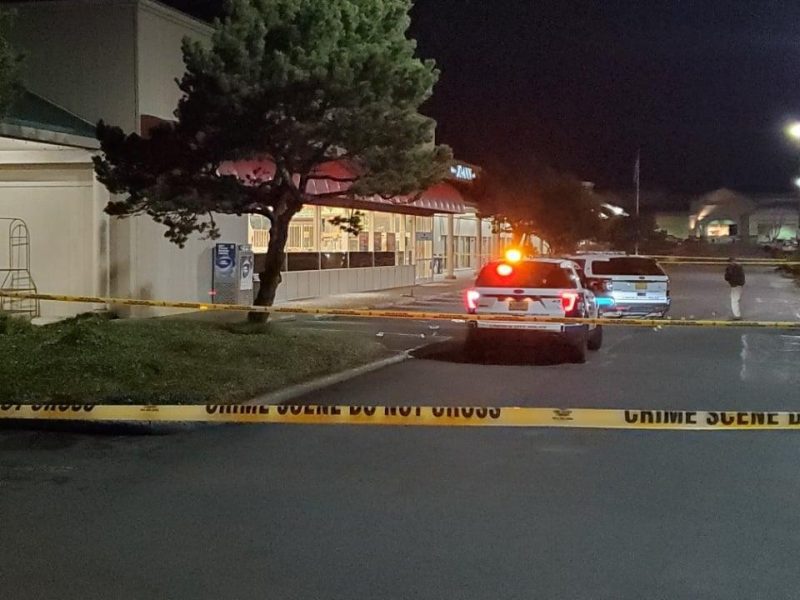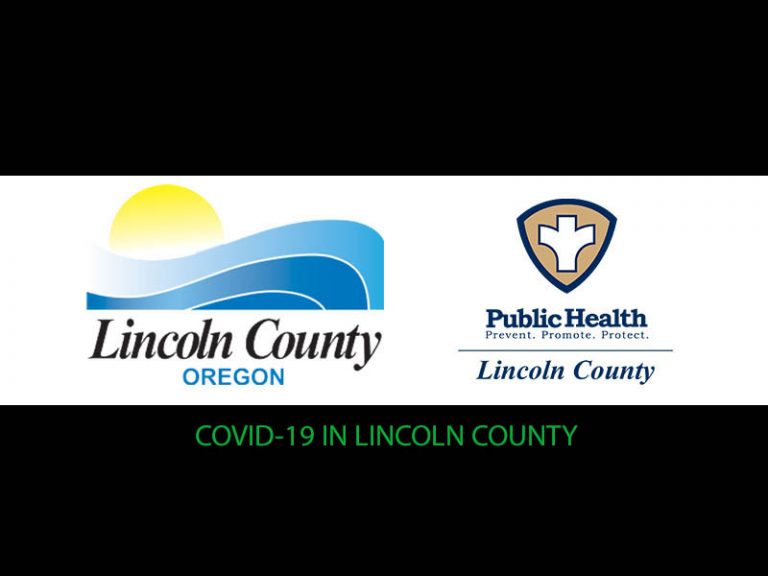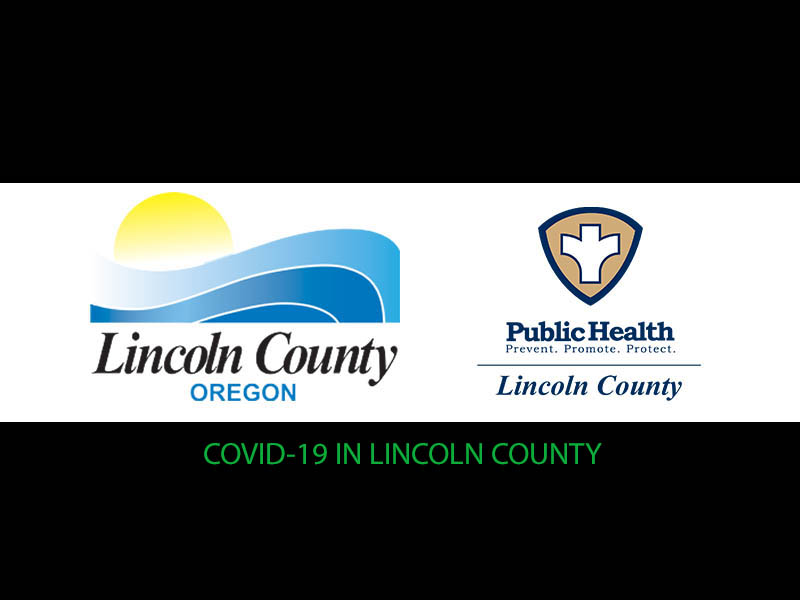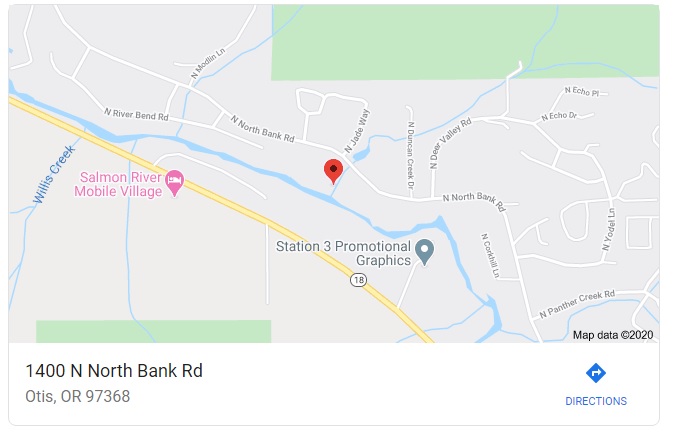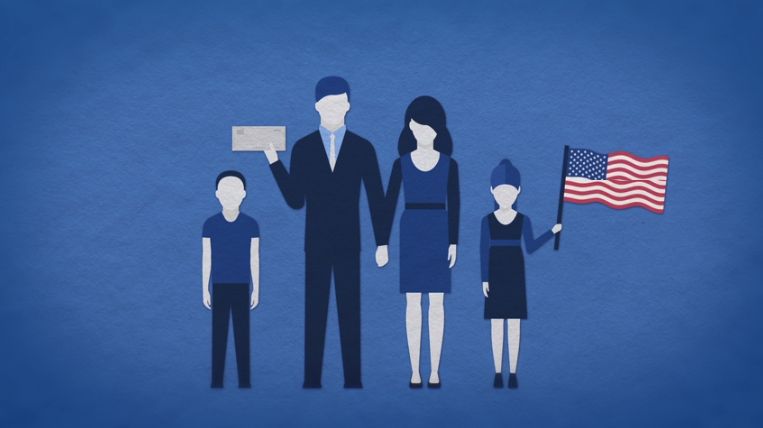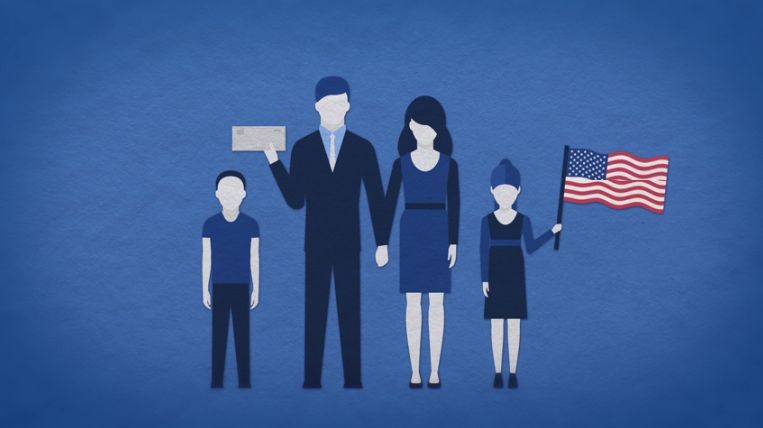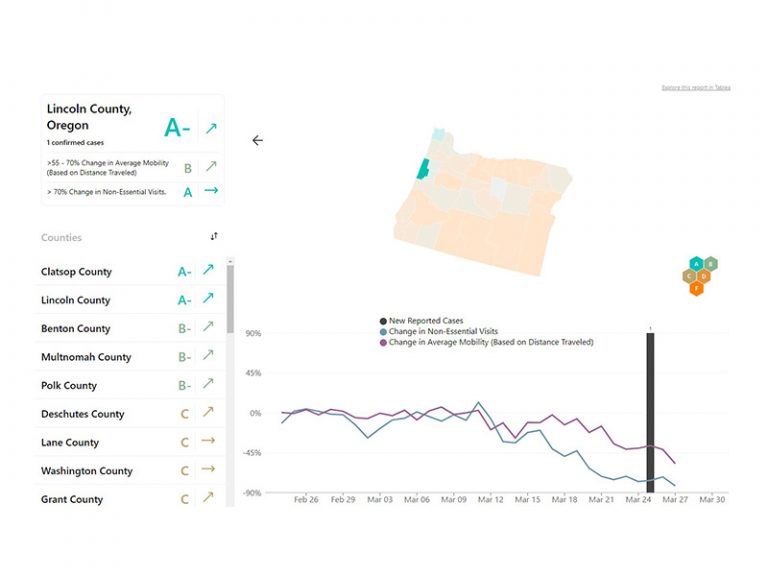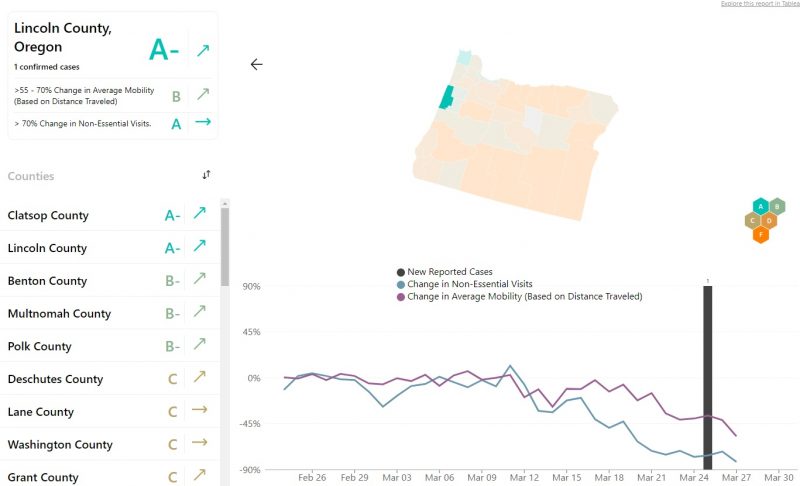COVID-19 has claimed four more lives in Oregon, raising the state’s death toll from 22 to 26, the Oregon Health Authority reported at 8 a.m. today.
Oregon Health Authority also reported 100 new cases of COVID-19, bringing the statewide total to 999. The new COVID-19 cases reported today are in the following counties:
Benton (2), Clackamas (12), Columbia (2), Deschutes (3), Douglas (2), Jackson (6), Josephine (1), Klamath (1), Lane (3), Linn (3), Marion (10), Multnomah (34), Polk (2), and Washington (19).
Oregon Health Authority reports new cases once a day on its website: www.healthoregon.org/coronavirus.
Oregon’s 23rd COVID-19 death is a 65-year-old man in Marion County, who tested positive on March 26, 2020, and died on April 2, 2020, at Legacy Meridian Park Medical Center. He had underlying medical conditions.
Oregon’s 24th COVID-19 death is a 59-year-old man in Multnomah County, who tested positive on March 24, 2020, and died on April 3, 2020, at his residence. He had underlying medical conditions.
Oregon’s 25th COVID-19 death is a 77-year-old woman in Multnomah County, who tested positive on March 30, 2020, and died on April 2, 2020, at her residence. She had underlying medical conditions.
Oregon’s 26th COVID-19 death is a 64-year-old woman in Multnomah County, who tested positive on March 23, 2020, and died on April 1, 2020, at Legacy Mount Hood Medical Center. She had underlying medical conditions.







